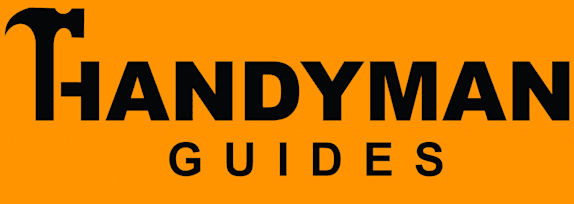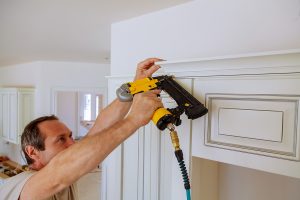The welding helmet is arguably the single most important safety device you use when engaging in welding. Its primary purpose is to protect your eyes from the blinding brightness created when welding. But it also protects your head and neck from errant sparks that otherwise may land on your skin. Plus, the helmet will also block the ultraviolet or UV rays that can also damage your eyes and skin.
Choosing the right welding helmet starts with getting the proper shade that indicates the eye protection it provides for you. The proper shade strikes the right balance between protecting your eyes from the light generated by the device and seeing what you are doing. The first aspect of obtaining the right welding helmet is understanding the difference between fixed and variable lenses for shading.
Fixed vs Variable
As the name implies, a fixed shade lens will darken to a pre-defined setting. While variable shade lenses will adjust depending on the brightness and environmental conditions. Fixed shading is only reasonable if you intend to use the same materials in a single process of welding. If there is any variety in your work, then a variable shade lens is needed.
Shade Levels
The variable shade lens which is used for auto-darkening helmets offers superior protection when you choose the right level. The first step is to ensure that the lens darkens quickly to prevent excessive amounts of light from striking your eyes. But the amount of shade is measured using a simple range that runs from 3 to 13.
A “3” shade is the lightest state which indicates that there is no bright light source. This occurs when no welding activity is occurring. However, once the welding commences, the shading will increase to its pre-set levels.
The standards for most shade levels are 8 to 13 with 13 being the darkest. The type of welding process being used will dictate the ideal shade setting which protects your eyes from the blinding light yet allows you to see your work. What follows are the minimum recommended shade settings for specific types of welding.
- Air Carbon: 10 to 11
- Gas Metal Arc Welding: 7 to 10
- Gas Tungsten Arc Welding: 8 to 10
- Plasma Arc Cutting: 4 to 10
- Plasma Arc Welding: 6 to 11
- Shielded Metal Arc Welding: 7 to 11
Although the minimum setting is enough to protect your eyes, it is recommended that you go up at least one level of shade for maximum protection. This will have better, long-term effects on the health of your eyes.
Other considerations include the size of the lenses as larger versions may allow you to see a wider view but are also heavier and provide less focus for objects immediately in front of you. Plus, light sensitivity in auto-darkening lenses needs to be considered as well. Overall, you should start your search for a new welding helmet by consulting the shade guide to ensure maximum eye protection.
Walt moonlights as a handyman after getting off his busy job as a commodities trader. He enjoys writing about all things related to DIY, home improvement, etc.








